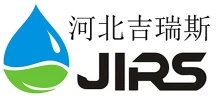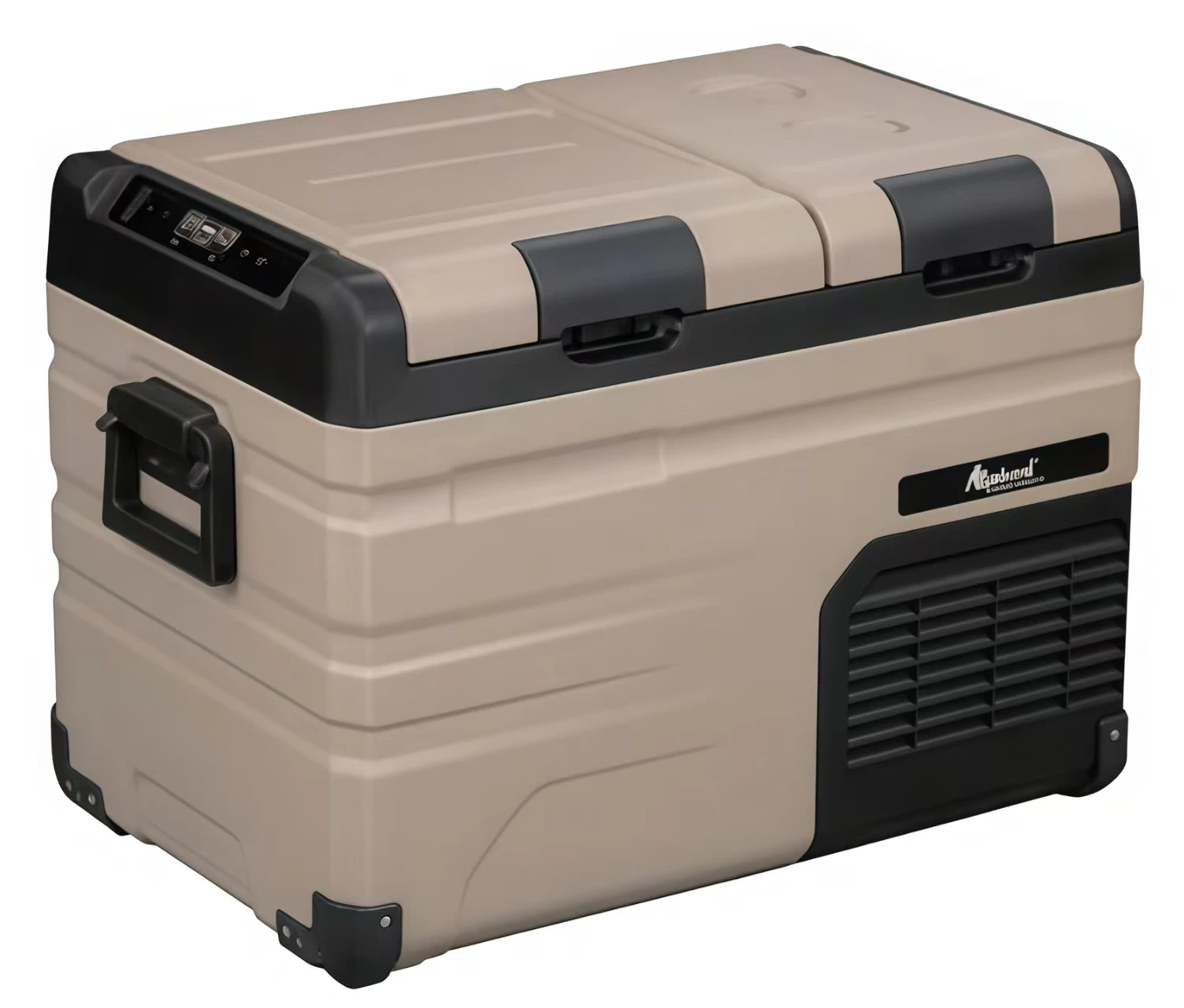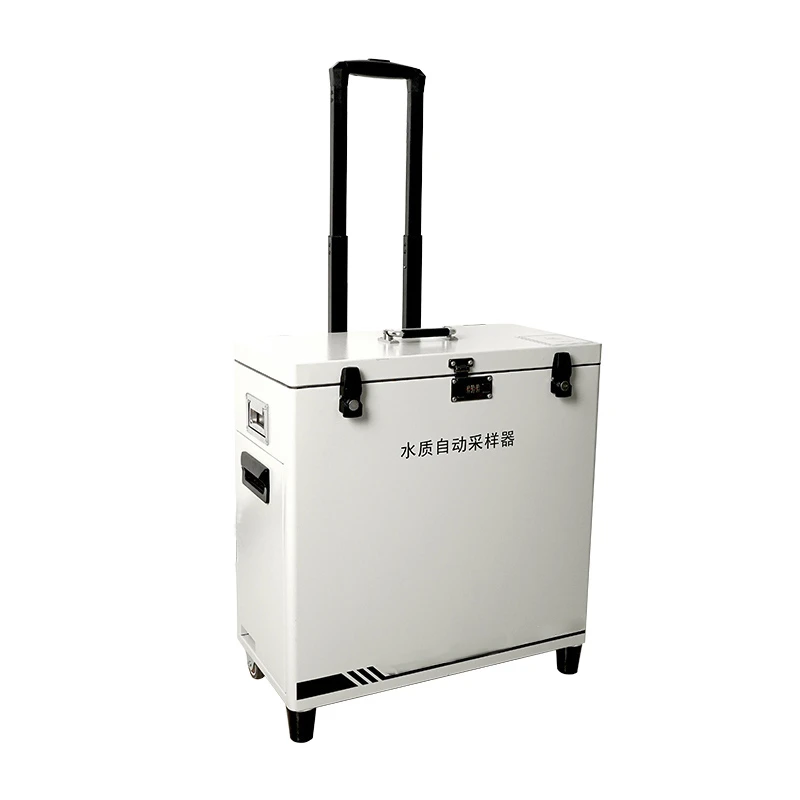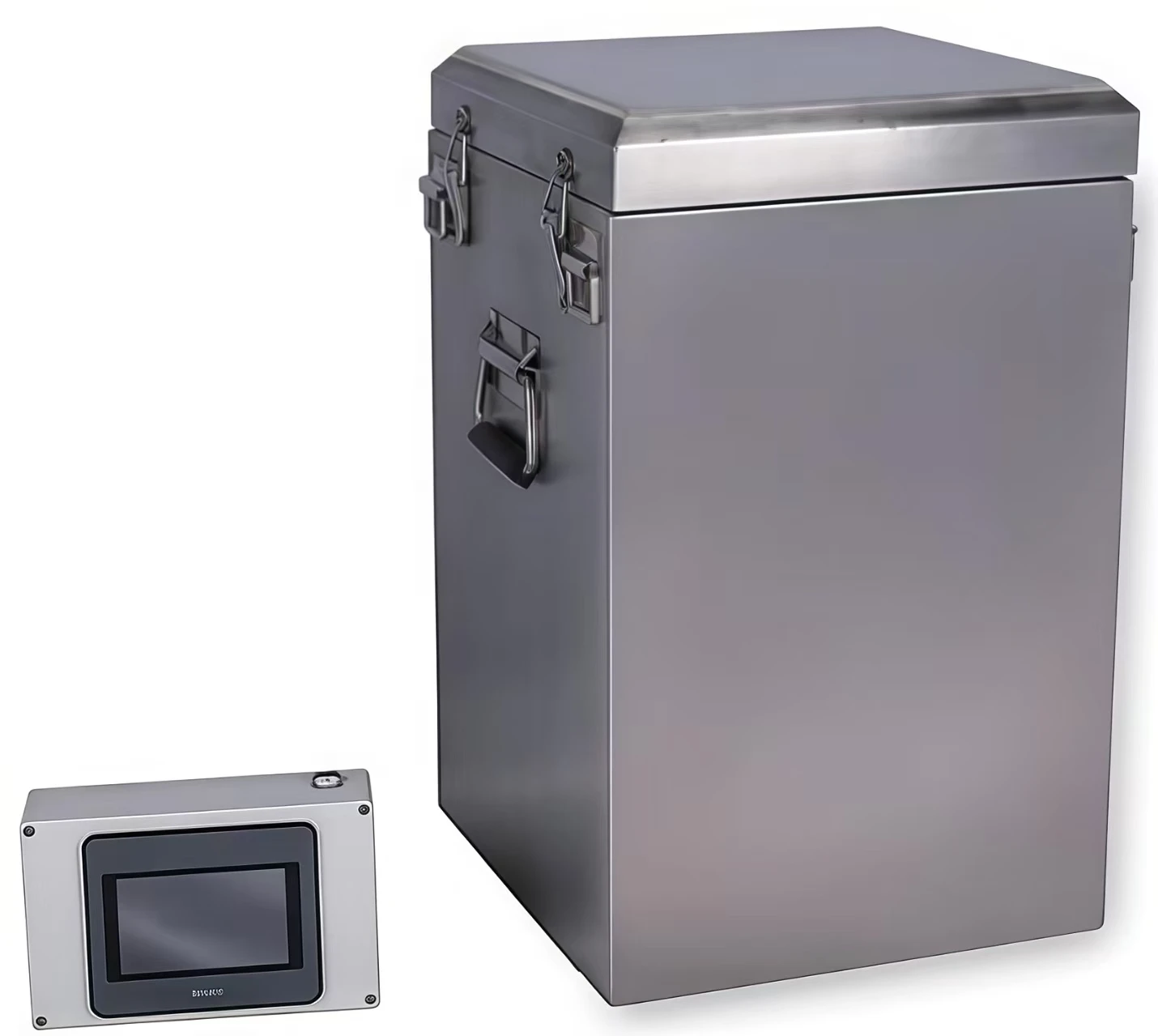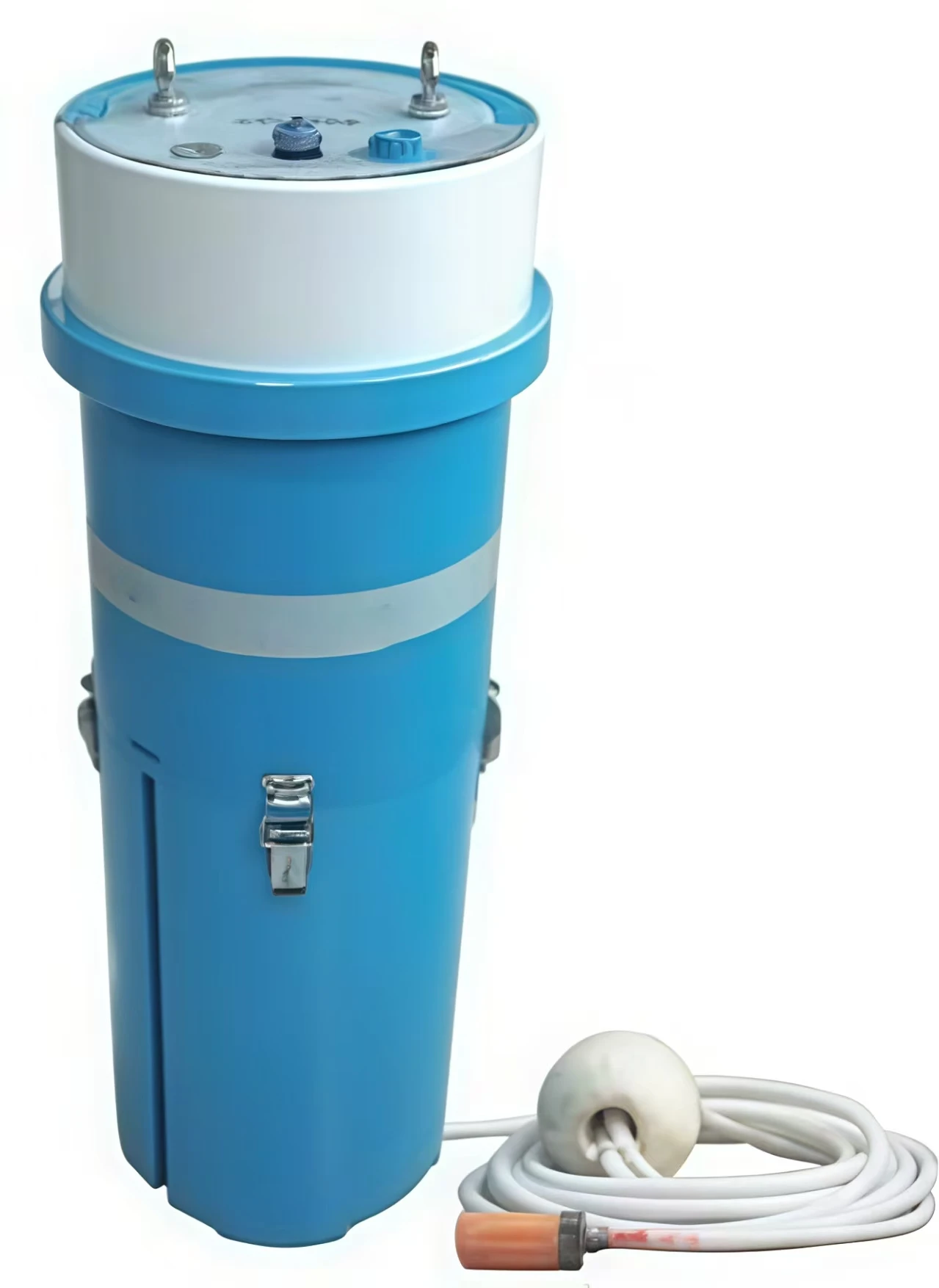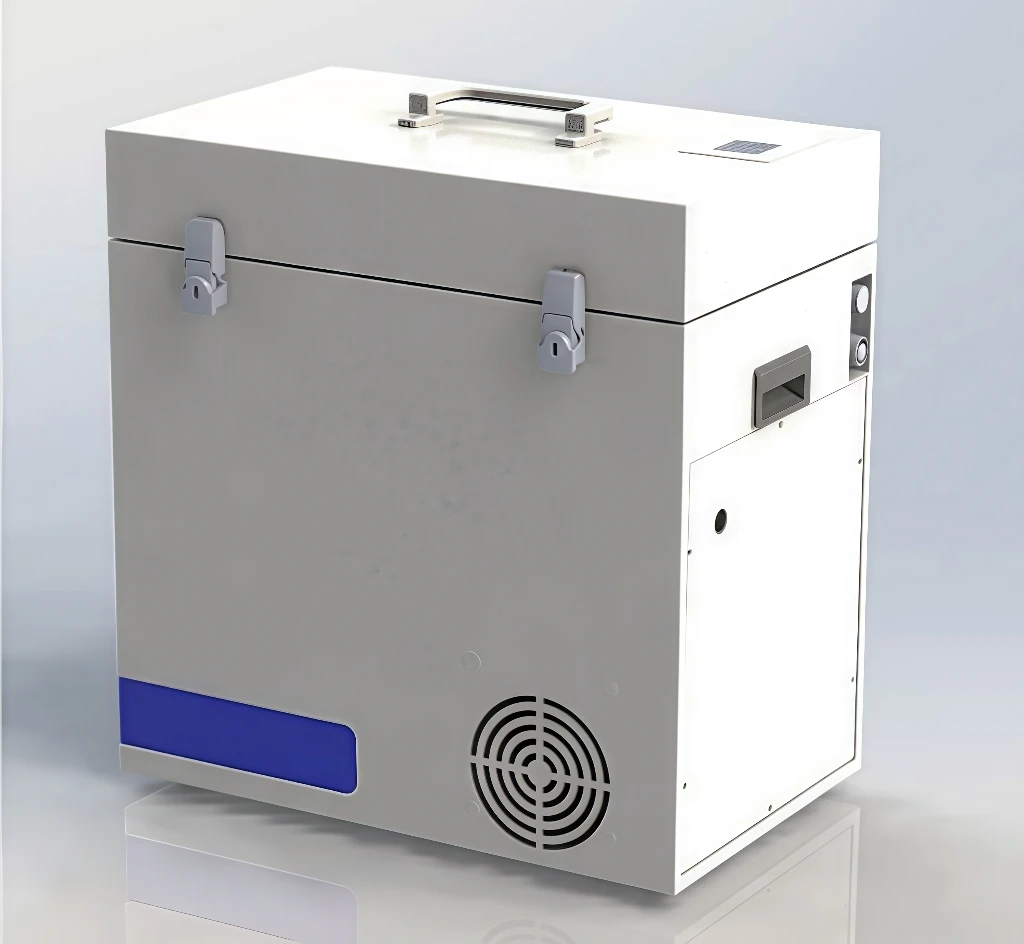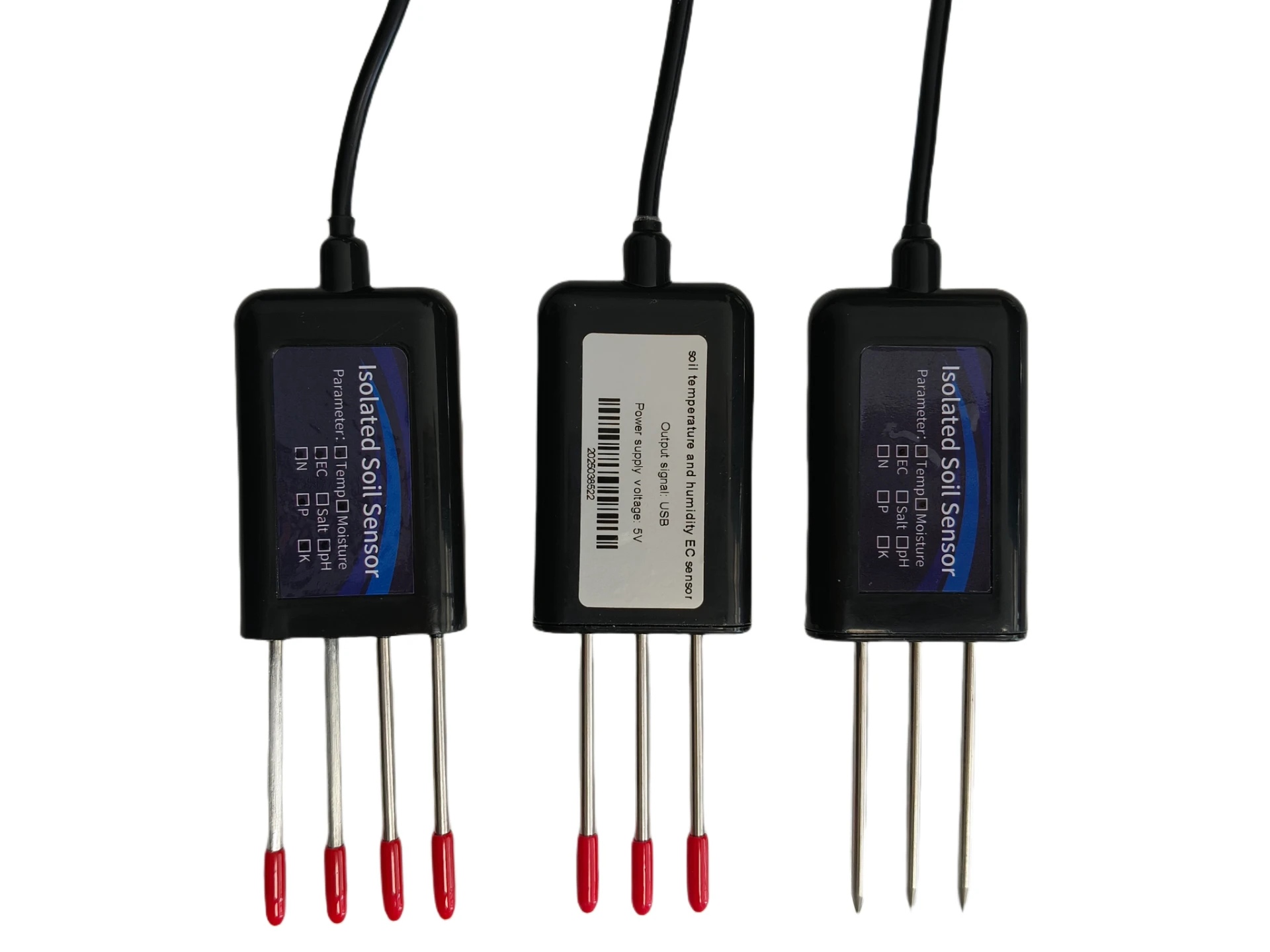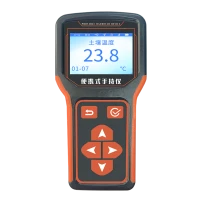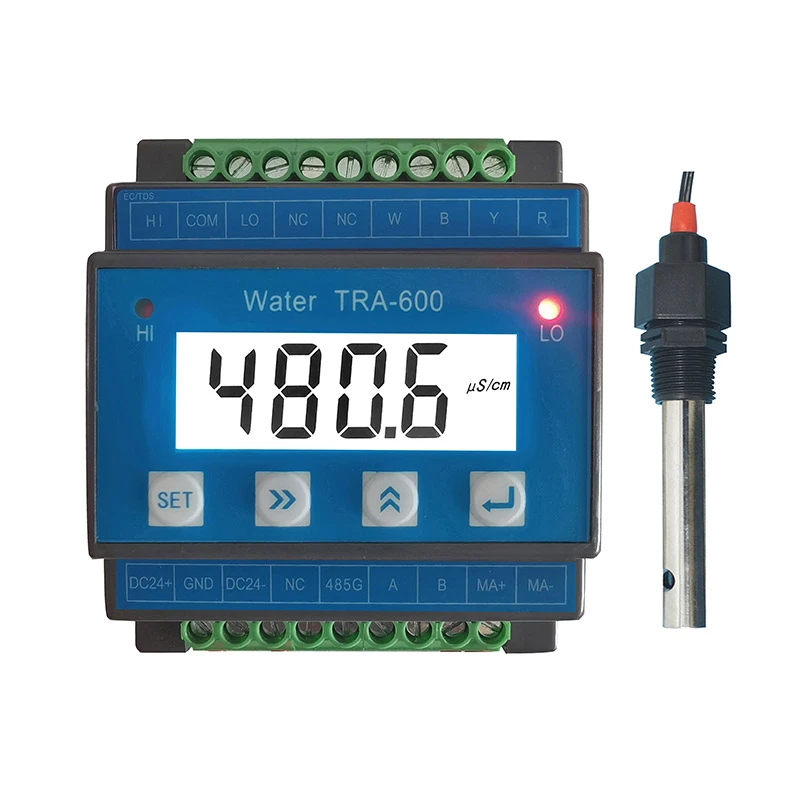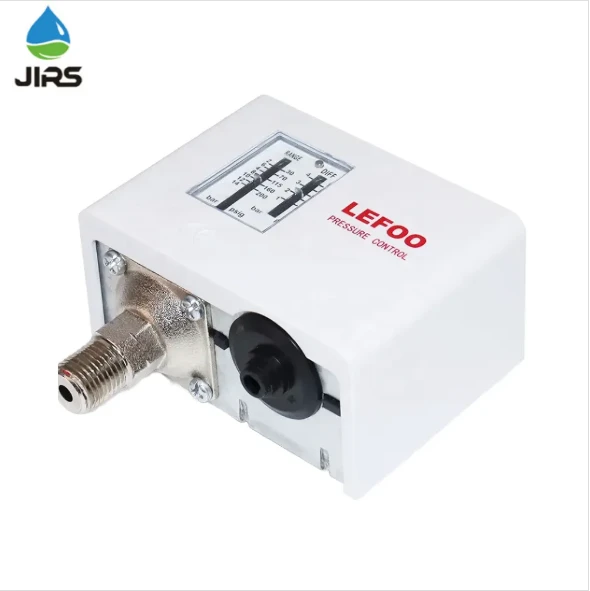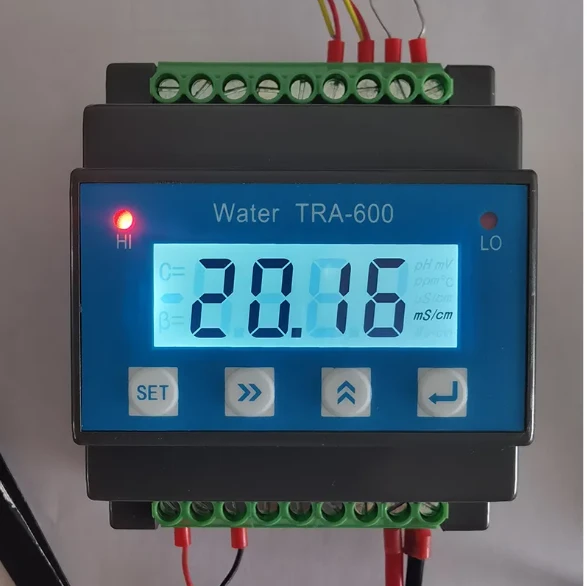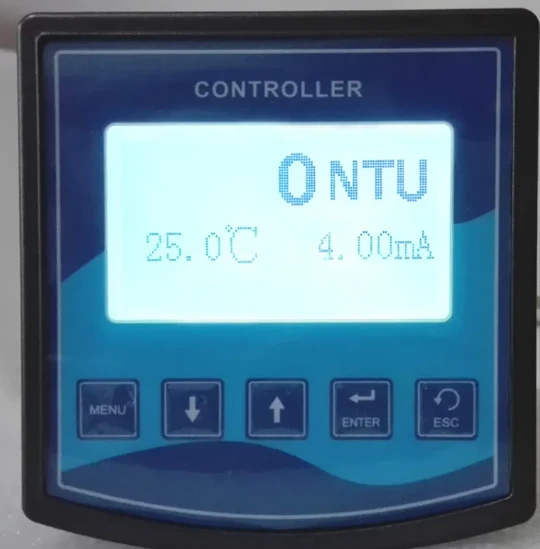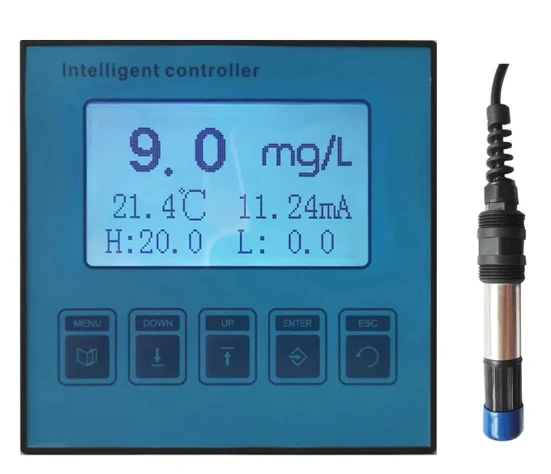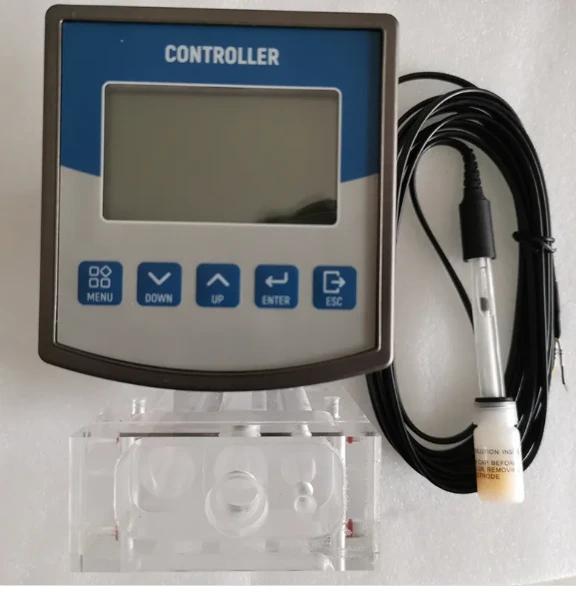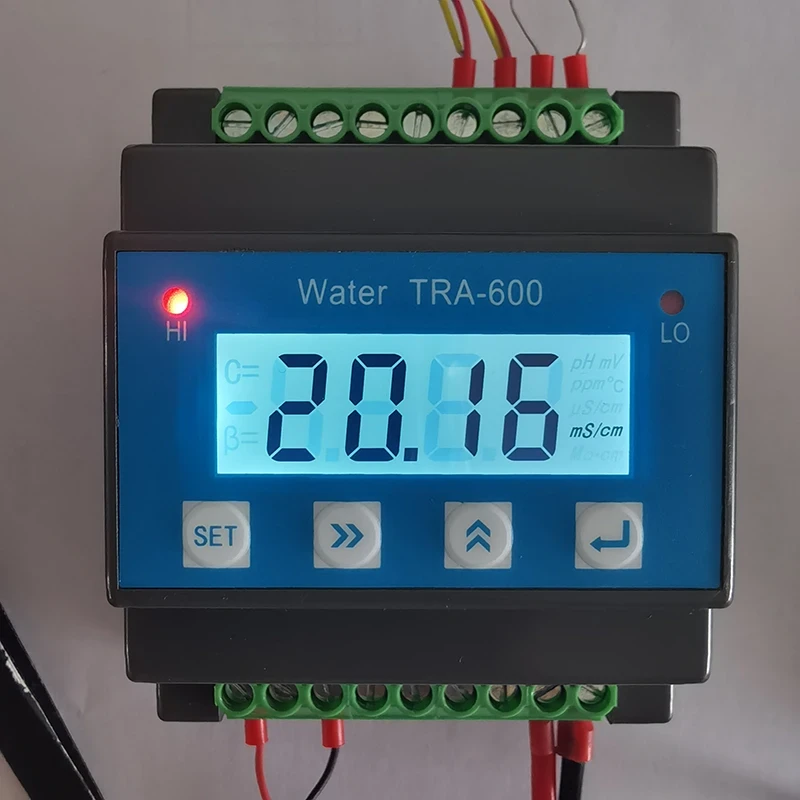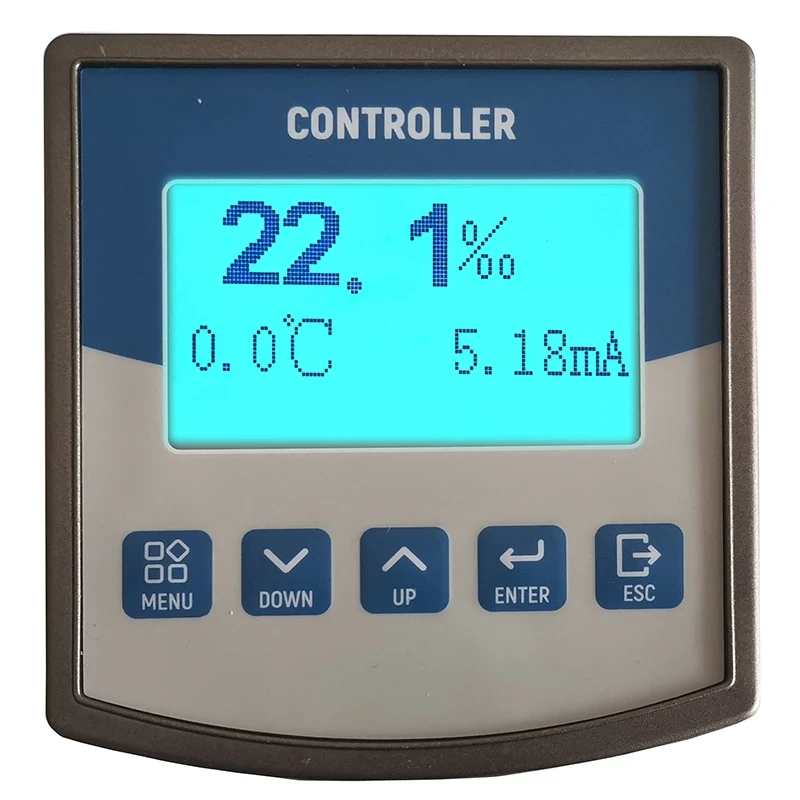High-Precision Optical & Digital Dissolved Oxygen Analysers Supplier
Apr . 29, 2025
- Introduction to Oxygen Monitoring Solutions
- Technical Advantages of Modern Analyzers
- Performance Comparison: Leading Manufacturers
- Customization Options for Industry Needs
- Real-World Applications & Efficiency Metrics
- Maintenance Best Practices
- Future Trends in Dissolved Oxygen Analysis

(dissolved oxygen analyser)
Understanding Dissolved Oxygen Analyser Fundamentals
Accurate measurement of dissolved oxygen (DO) remains critical for water quality management across industries. Modern optical dissolved oxygen analyser
s utilize luminescence-based sensing, offering 35% longer sensor life compared to traditional electrochemical methods. These devices now achieve ±0.1 mg/L accuracy in salinity up to 40 ppt, making them indispensable for marine research and wastewater treatment.
Technical Superiority in Measurement Systems
Advanced analyzers combine multiple compensation algorithms for temperature (0-50°C), pressure (600-1100 hPa), and salinity (0-40 ppt). The latest MEMS-based optical sensors demonstrate:
- 90% faster response time (T90 < 30s)
- 50% reduction in calibration frequency
- IP68 protection for harsh environments
Manufacturer Comparison Analysis
| Brand | Range (mg/L) | Accuracy | MTBF (hrs) |
|---|---|---|---|
| Xylem EXO | 0-20 | ±0.1 | 50,000 |
| Hach HQ440 | 0-50 | ±0.15 | 45,000 |
Tailored Solutions for Specific Applications
Specialized configurations address unique operational requirements:
- Aquaculture systems: Anti-biofouling coatings reduce maintenance by 70%
- Pharmaceutical CIP: High-temperature variants (up to 135°C) with 316L stainless steel
- Municipal plants: Dual-range models (0-20 mg/L and 0-200% saturation)
Operational Efficiency Case Studies
A Norwegian fish farm achieved 22% higher yield after implementing multi-parameter systems with integrated residual chlorine analyser capabilities. Municipal wastewater plants report 15% energy savings through aeration optimization using real-time DO data feeds.
Sustaining Optimal Performance
Proactive maintenance protocols extend service intervals by 300%:
- Automated membrane cleaning cycles (every 6-8 weeks)
- Smart calibration reminders based on usage patterns
- Predictive sensor replacement algorithms
Innovations in Dissolved Oxygen Analyser Technology
Emerging technologies integrate AI-powered diagnostics that reduce false alerts by 40%. Next-generation optical sensors now feature wireless data transmission (LoRaWAN/NB-IoT) with 5-year battery life, enabling cost-effective distributed monitoring networks. These advancements position modern analyzers as central components in smart water management infrastructures.
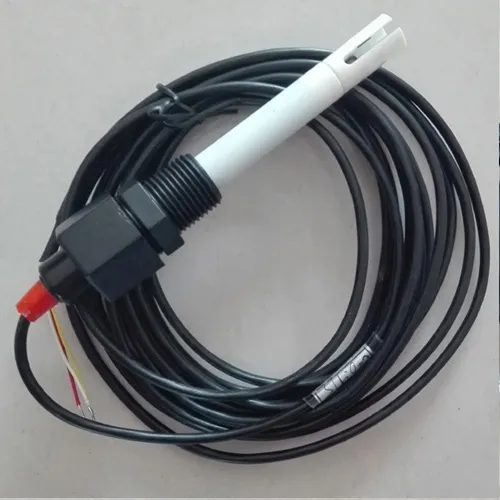
(dissolved oxygen analyser)
FAQS on dissolved oxygen analyser
How does an optical dissolved oxygen analyser work?
Q: What is the working principle of an optical dissolved oxygen analyser?
A: It uses luminescence quenching technology, where a sensor emits light that interacts with oxygen molecules. The resulting fluorescence decay rate is measured to calculate dissolved oxygen levels.
How often should a dissolved oxygen analyser be calibrated?
Q: What is the recommended calibration frequency for dissolved oxygen analysers?
A: Calibrate every 1-2 weeks or as per manufacturer guidelines. Environmental conditions or heavy usage may require more frequent calibration.
Can residual chlorine analysers measure dissolved oxygen?
Q: Are residual chlorine analysers interchangeable with dissolved oxygen analysers?
A: No, residual chlorine analysers detect chlorine compounds (e.g., Cl2, ClO-), while dissolved oxygen analysers measure O2 concentration. They serve distinct purposes in water quality monitoring.
Where are optical dissolved oxygen analysers commonly used?
Q: What industries benefit most from optical dissolved oxygen analysers?
A: They are ideal for wastewater treatment, aquaculture, and pharmaceutical production. Their maintenance-free design suits harsh or high-purity environments.
How to maintain a dissolved oxygen analyser?
Q: What routine maintenance ensures accurate dissolved oxygen analyser performance?
A: Clean the sensor membrane regularly, replace electrolyte solutions (if applicable), and store probes in proper storage solutions. Follow the device-specific manual for optimal results.
Related Products
Related News
